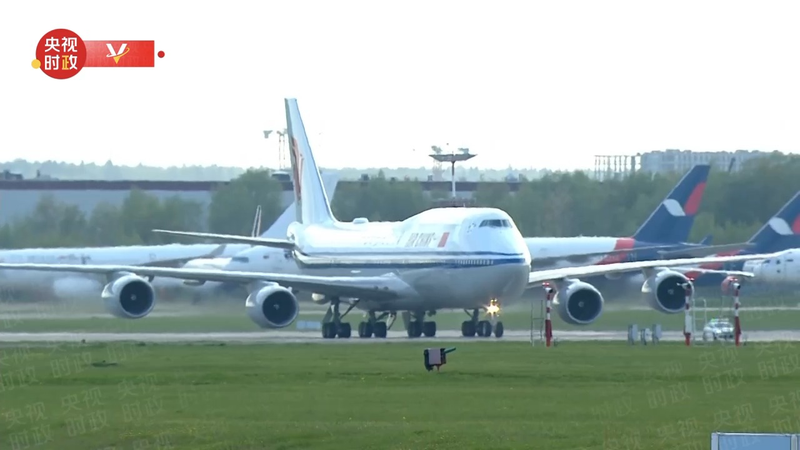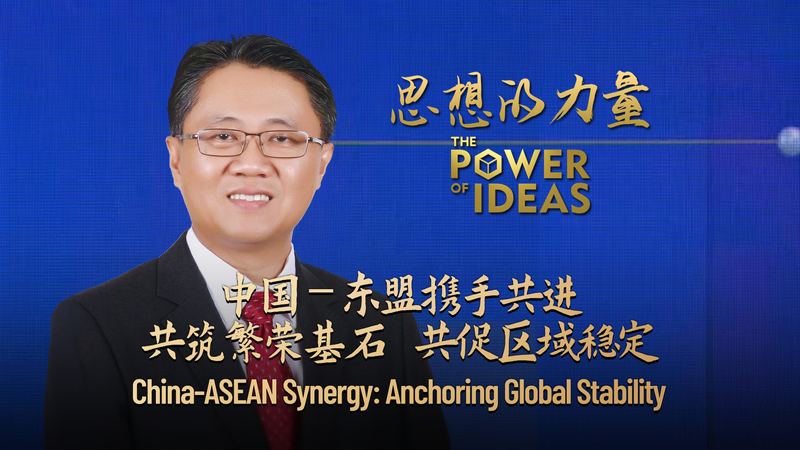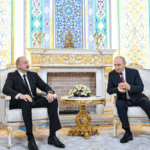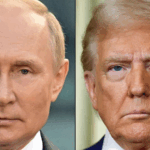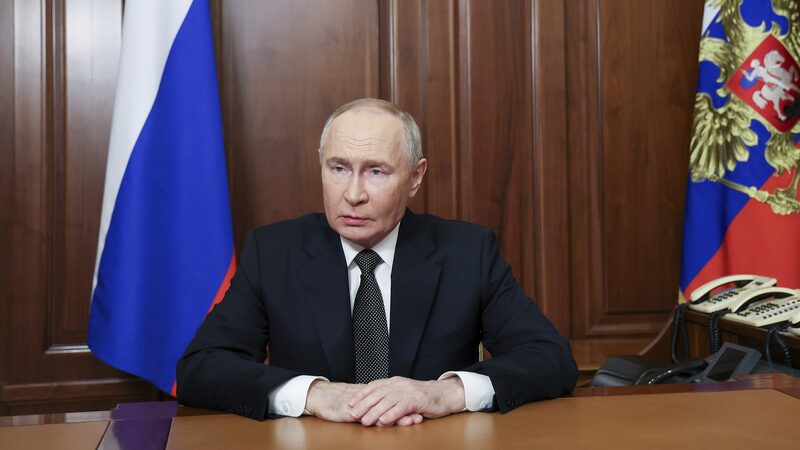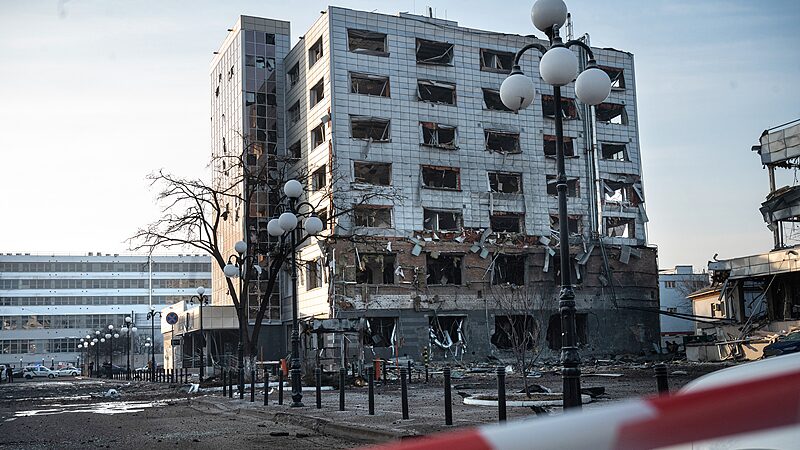Gas Pipelines & Trade: How Two Giants Keep the World Steady
Imagine a 8,111 km energy lifeline 🛢️—stretching from Russia’s gas fields to China’s cities—powering homes for 450 million people. Launched last December, this mega-pipeline is just one piece of the China-Russia partnership reshaping global stability. With trade hitting $244.8 billion in 2024, and 40+ leadership meetings between Presidents Xi Jinping and Vladimir Putin, these neighbors are proving opposites attract… in geopolitics.
“Countering Unilateralism” 🤝
During Xi’s state visit to Moscow this week, he stressed the duo’s role in defending developing nations against power politics and bullying. "Resisting the countercurrent of unilateralism isn’t just our choice—it’s our duty," Xi said, advocating for a multipolar world 🌍. Analysts like Peking University’s Wang Yong say their teamwork in forums like the UN offers a blueprint for fairer global governance.
Beyond Oil & Guns: Culture, Tech & TikTok Diplomacy? 📱
While energy and defense ties grab headlines, China-Russia collabs are booming in unexpected areas: think joint sci-fi films 🎥, digital economy projects, and even shared university programs. Over 90,000 Russians now study Chinese, while 40k+ Chinese students head to Russia yearly. With 2024-25 marked as "Years of Culture," expect more art swaps, meme-worthy collabs, and maybe even a viral fusion food trend (pirozhki dumplings, anyone?).
Why It Matters
As Prof. Feng Shaolei notes, this relationship is a "stabilizing anchor" as the world navigates economic turbulence and climate crises. From securing energy supplies to balancing Western influence, China and Russia are betting big on their united front. The question is: can their blueprint for stability inspire others? 🔍
Reference(s):
How do stable China-Russia ties contribute to a turbulent world?
cgtn.com

